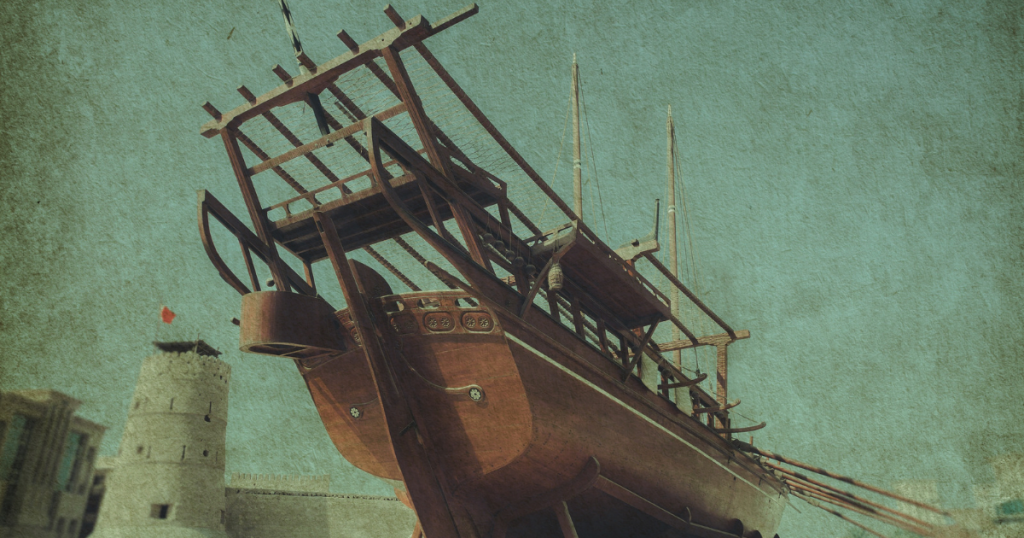Valerius’ journey: Ends of the Earth
Many people have heard of the Silk Road, mainly because of Marco Polo. But few are familiar with the ancient maritime silk route that linked the East and West at the same time.
The people who pioneered this sea trade were originally from the desert – the Nabatean Arabs.
The Nabateans wielded a great deal of influence in the Middle East. As early as 250 BC, they were already trading all along the Red Sea.
They were not averse to turning their hand to piracy as well and occasionally used their naval power for political ends.
Those who read my book When We Were Gods will remember how the Nabateans proved to be Cleopatra’s nemesis by sabotaging her planned escape from Augustus. She had intended to flee Alexandria through the Red Sea, but her fleet was scuttled and burned by the Nabataean king.
About this time, Nabatean ships were appearing on the other side of the Arabian Sea in what is now Sri Lanka. Here they exchanged their trade goods with local merchants, who in turn sailed their dhows across the Indian Ocean to the Malacca Straits. They met junks from Han China, completing the final link in the maritime silk road.
How did they travel so far?
They used the seasonal monsoon winds.
Roman ships used a combination of square sails and oars. These were serviceable in the Mediterranean but often useless in the fluky winds of the Red Sea.
The Nabataeans, sailing out of what is now Aqaba, had needle shaped dhows with triangular lateen sails. These were faster and far more manoeuvrable than Roman galleys.
A lateen sail was fixed to long yard mounted to the top of the mast. One edge was angled forward nearly down to the deck, with the free corner fixed near the stern. This way, it was able to take the wind on either side and so tack into it.
The Nabateans were already excellent navigators.
They were accustomed to using both sun and stars to fix their position. After all, crossing the open sea is not that different from crossing a featureless desert.
But what about the Chinese, how did they reach as far south as the Malay peninsula?
Although Chinese junks seemed ungainly compared to the Arab and Indian dhows, they had often had twelve or more compartments which gave them great structural rigidity in heavy seas.
Their distinctive panelled sails allowed their captains to take the force of the wind in many lines and not just on the mast. The sail could also be hauled about, allowing the skipper to sail into the wind to some degree.
The magnetic compass appeared in China around 200 BC and this allowed them to travel even further afield. In fact, some historians think they reached as far as Palk Bay in northern Sri Lanka about this time.
Of course, intercontinental travel either by land or sea two thousand years ago was a hazardous enterprise. But without the maritime Silk Road, Valerius and his legionaries would never have found their way home in Ends of the Earth.
Set against a sprawling canvas of Parthia, the Han dynasty, the Seven Seas of ancient Arab traders, and Rome in the last days of the Republic, Ends of the Earth is historical adventure on a breathtaking scale.
🔗 Grab your copy here on Amazon in Kindle, paperback or in Kindle Unlimited.








